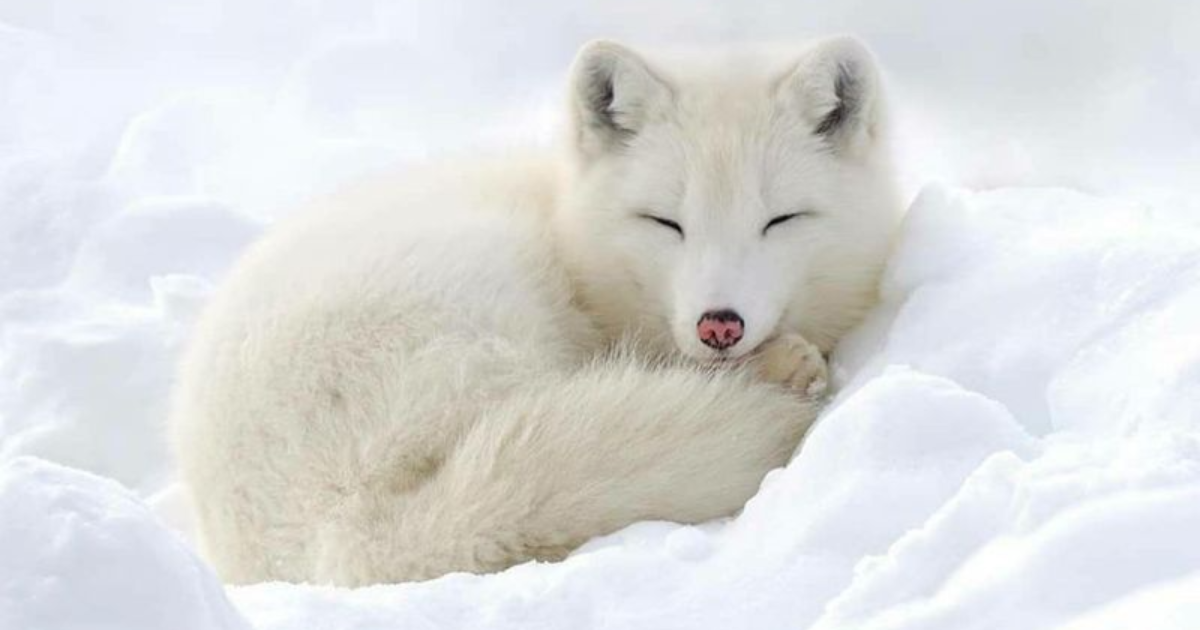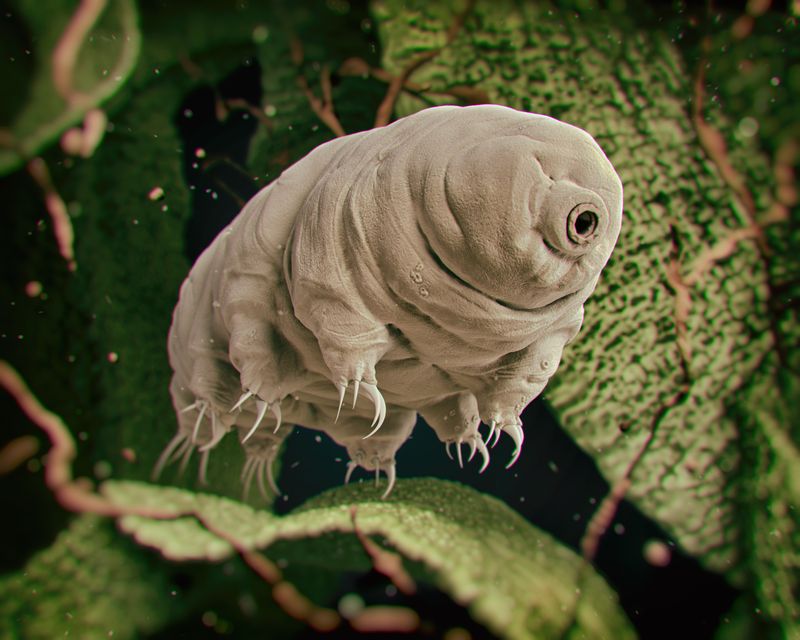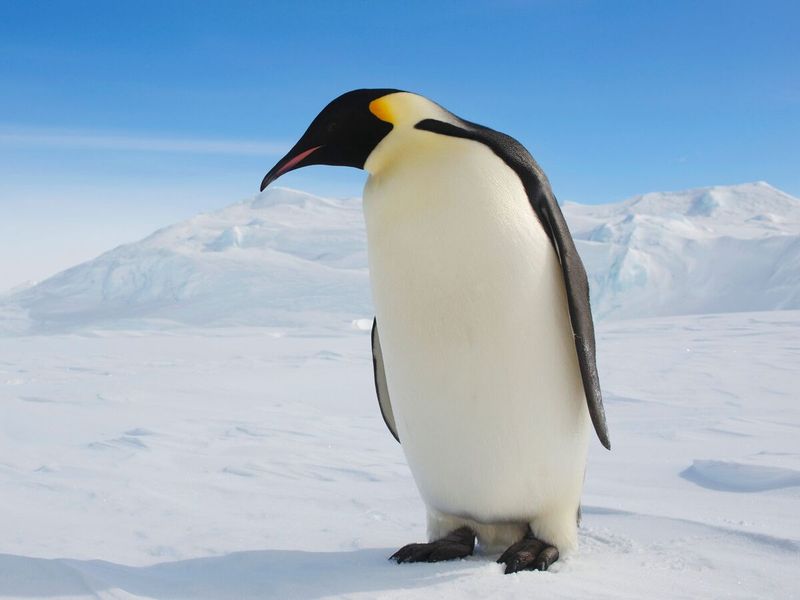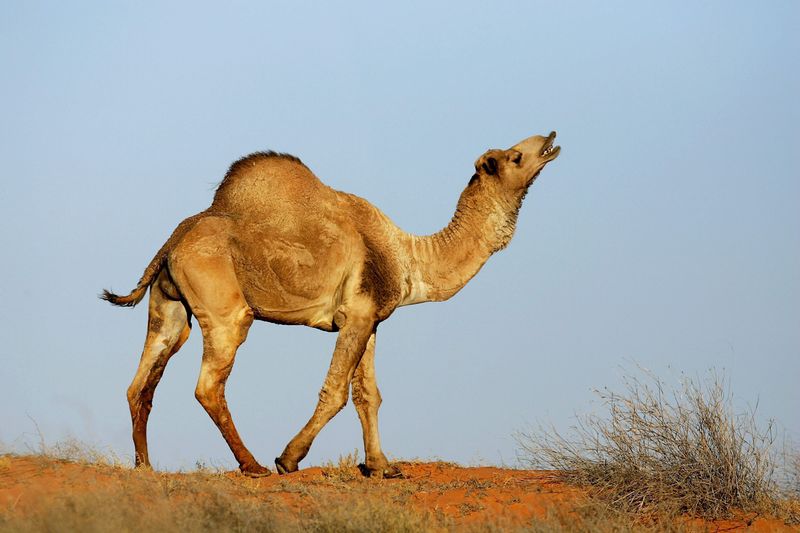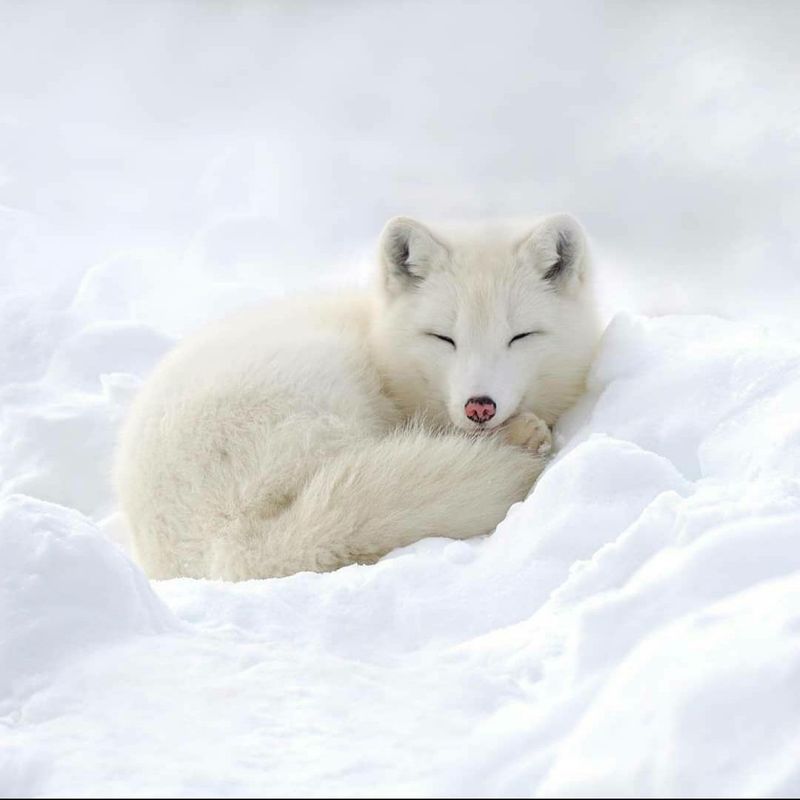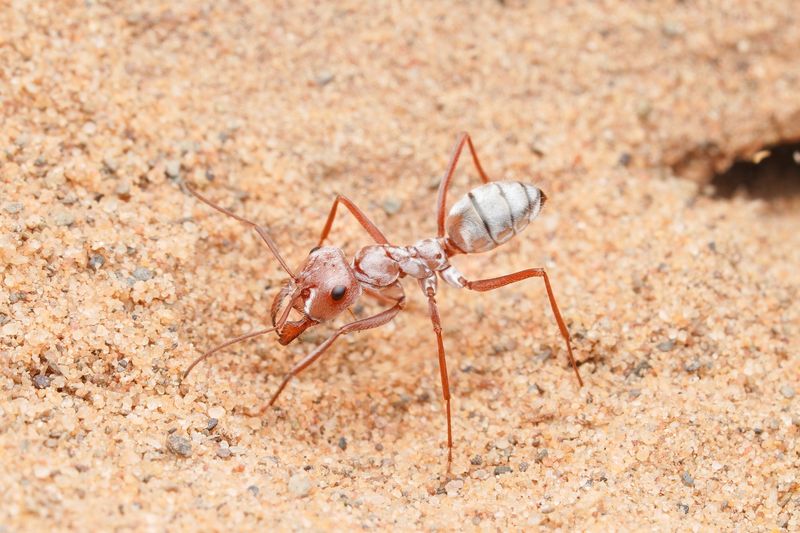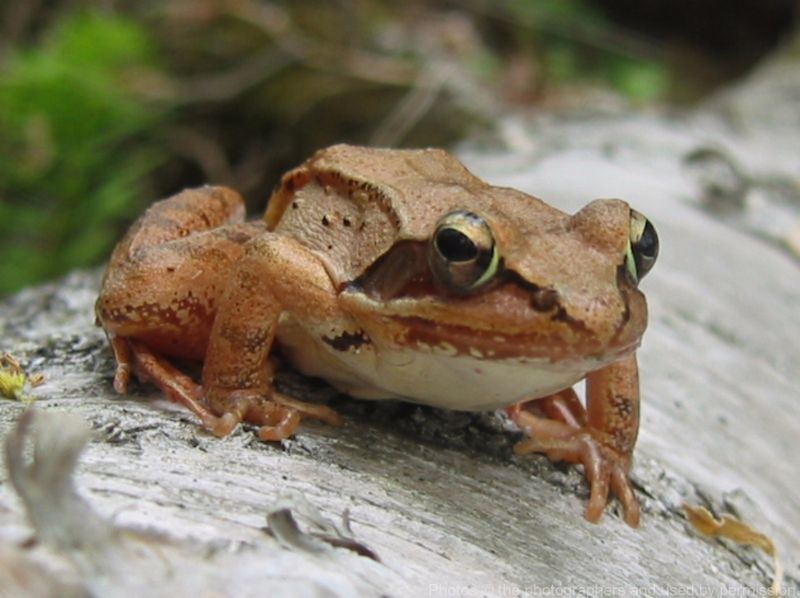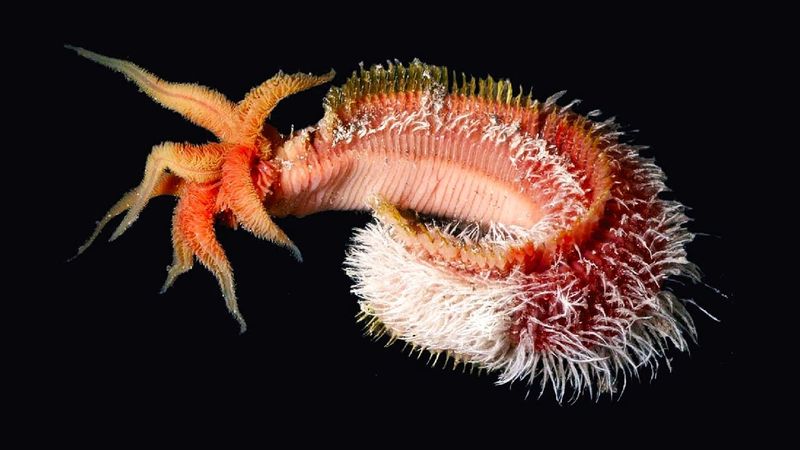📖 Table of Content:
Have you ever marveled at how some animals thrive in places we’d struggle to survive even for a day?
Earth is home to an incredible variety of life, and among its inhabitants are creatures that have truly mastered the art of survival. From baking deserts where temperatures soar to icy tundras that test the limits of endurance, these animals don’t just survive—they flourish.
Their unique adaptations and astonishing resilience are like nature’s way of reminding us just how extraordinary life can be. Think of them as the ultimate problem-solvers, facing extreme challenges head-on with remarkable ingenuity.
Let’s take a closer look at seven fascinating animals that have evolved to conquer the world’s harshest environments.
7. Tardigrade
The tardigrade, affectionately known as the water bear, is a microscopic marvel that thrives in some of the most extreme conditions imaginable. These tiny creatures can survive temperatures as low as -328°F and as high as 300°F, illustrating an unparalleled resilience. Tardigrades have even been known to endure the vacuum of space!
Their secret lies in a process called cryptobiosis, where they dry out and enter a state of suspended animation until conditions become favorable again. This remarkable ability allows them to survive without water for decades.
Tardigrades are not just limited to extreme temperatures; they can also withstand immense pressure, radiation, and even the abyssal depths of the ocean. Their tough, adaptable nature makes them a subject of great interest for scientists studying life’s boundaries and possibilities.
6. Emperor Penguin
The emperor penguin is a legendary survivor, braving the brutal cold of the Antarctic winter. These birds endure temperatures as low as -76°F, thriving on the icy continent where few other animals dare to tread. Remarkably, they breed during this frigid period, huddling together to share warmth.
Their thick layer of blubber and densely packed feathers provide essential insulation against the freezing temperatures. Additionally, they have a unique huddling behavior that helps conserve heat.
Emperor penguins also possess specially adapted nasal chambers to minimize heat loss when breathing. These incredible adaptations enable them to survive and raise their young in one of the harshest environments on Earth, making them true icons of resilience.
5. Camel
Camels, often called the ships of the desert, are perfectly adapted to life in arid environments. Their ability to survive without water for up to two weeks is legendary, thanks to their efficient water storage and retention mechanisms. In the desert, where temperatures can soar above 120°F, camels remain unperturbed.
Their humps store fat, which can be metabolized into water and energy when resources are scarce. This adaptation is crucial for survival during long treks across barren landscapes.
Additionally, camels have thick lips that allow them to eat thorny plants, and their nostrils can close to keep out sand. These fascinating features make camels indispensable to desert-dwelling communities and a symbol of endurance.
4. Arctic Fox
The arctic fox is a master of cold weather survival, thriving in tundra environments where temperatures can plummet to -58°F. Its thick, warm coat turns white in the winter, providing both insulation and camouflage against the snow.
These foxes have a compact body shape, which minimizes heat loss, and furry soles that offer traction on ice. These adaptations allow them to navigate their icy world with ease.
Arctic foxes also have a keen sense of hearing, helping them detect prey beneath the snow. They are opportunistic feeders, dining on anything from small mammals to carrion. Their resilience and adaptability make them quintessential survivors of the Arctic wilderness.
3. Saharan Silver Ant
The Saharan silver ant is an extraordinary insect, uniquely adapted to the scorching heat of the desert. Capable of withstanding surface temperatures up to 158°F, they are among the most heat-tolerant creatures on Earth. Their secret lies in their reflective silver hairs, which deflect sunlight and reduce heat absorption.
These ants venture out of their nests during the hottest part of the day to scavenge for food, avoiding predators who cannot handle the heat. Their long legs elevate their bodies above the hot ground, further aiding in temperature regulation.
In mere minutes, they complete their foraging and return to the safety of their burrows. The Saharan silver ant’s ability to thrive in such an inhospitable environment is a testament to the ingenuity of evolution.
2. Wood Frog
The wood frog is a fascinating amphibian that defies the cold by literally freezing itself. Found in North American forests, it survives the winter by entering a state of suspended animation. As temperatures drop, the wood frog’s heart stops beating, and up to 70% of its body water turns to ice.
This natural antifreeze prevents its cells from freezing, allowing the frog to thaw and resume normal activities come spring. Such an incredible ability allows it to withstand temperatures as low as -80°F.
The wood frog’s remarkable adaptation to freezing conditions is an extraordinary example of nature’s resilience, showcasing how life can persist against all odds.
1. Pompeii Worm
The Pompeii worm is one of the ocean’s most heat-tolerant creatures, thriving near hydrothermal vents where temperatures can reach 176°F. Found only in the depths of the Pacific Ocean, these worms have evolved to live in one of the most extreme environments on the planet.
Their unique adaptation involves a symbiotic relationship with bacteria, which form a protective layer over their bodies, shielding them from the intense heat. This partnership allows them to survive in conditions that would be lethal to most other organisms.
The Pompeii worm’s ability to endure such extreme heat showcases the incredible resilience of life, even in the most inhospitable places on Earth.
